Abigail Reynolds
A Point in Time
-
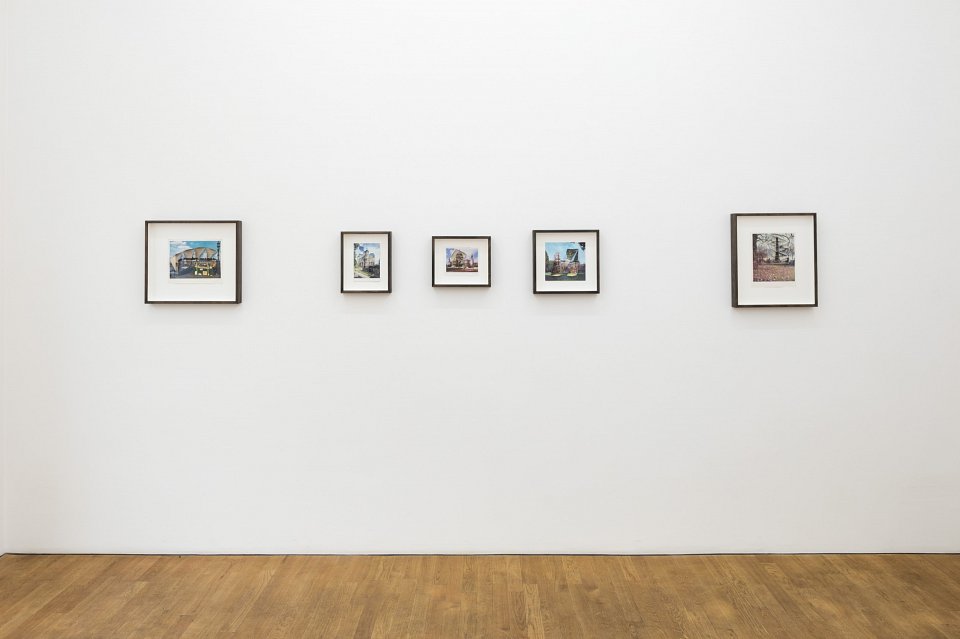
A Point in Time, installation view Kuckei + Kuckei, 2016
-
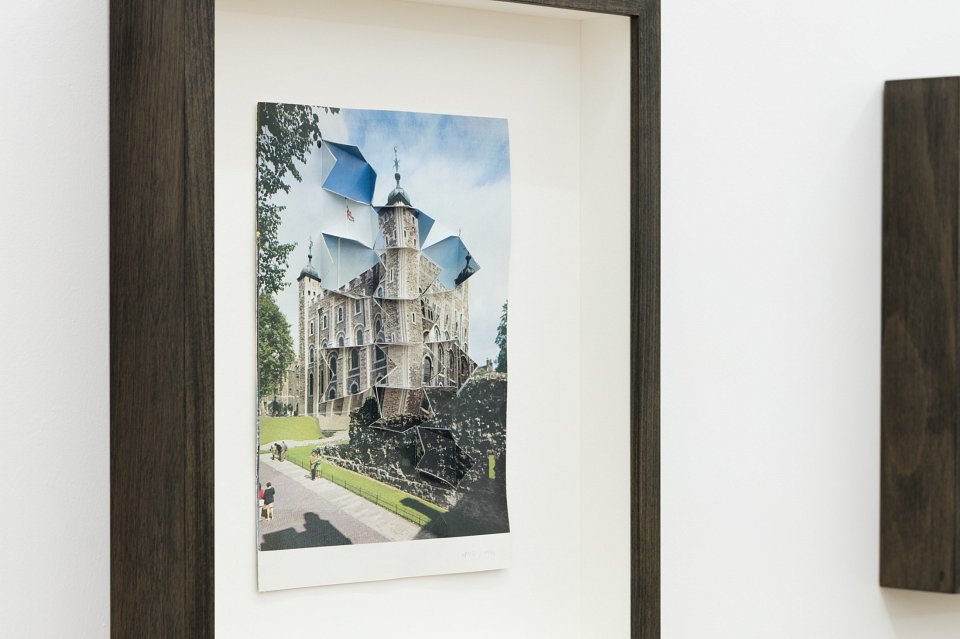
A Point in Time, installation view Kuckei + Kuckei, 2016
-
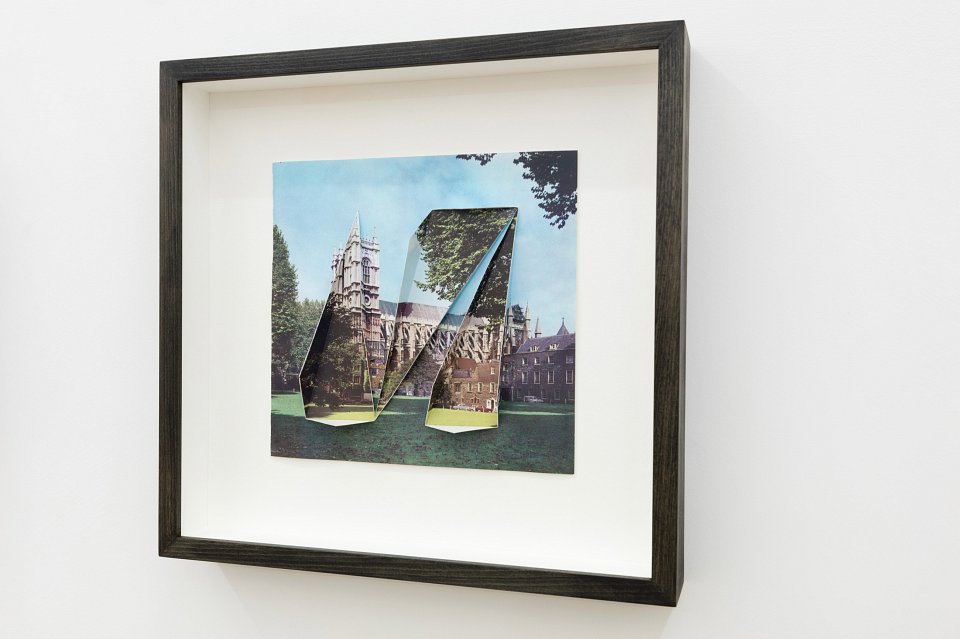
A Point in Time, installation view Kuckei + Kuckei, 2016
-
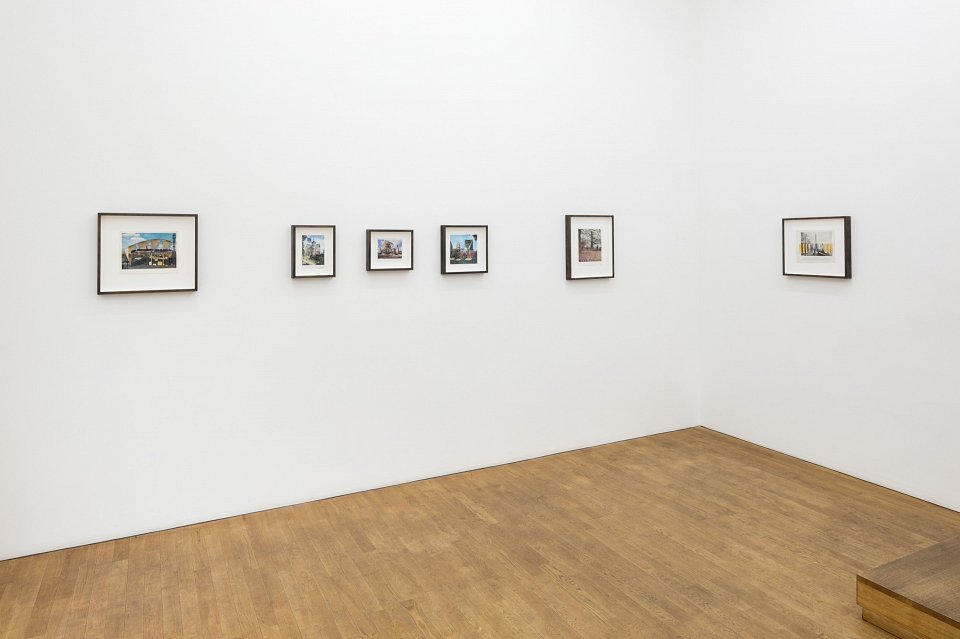
A Point in Time, installation view Kuckei + Kuckei, 2016
-
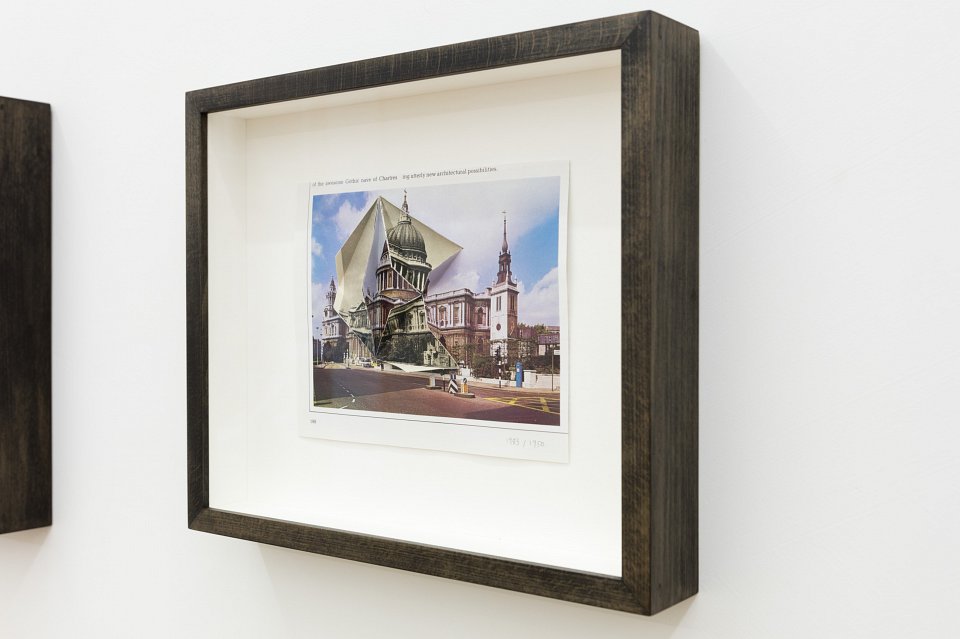
A Point in Time, installation view Kuckei + Kuckei, 2016
-
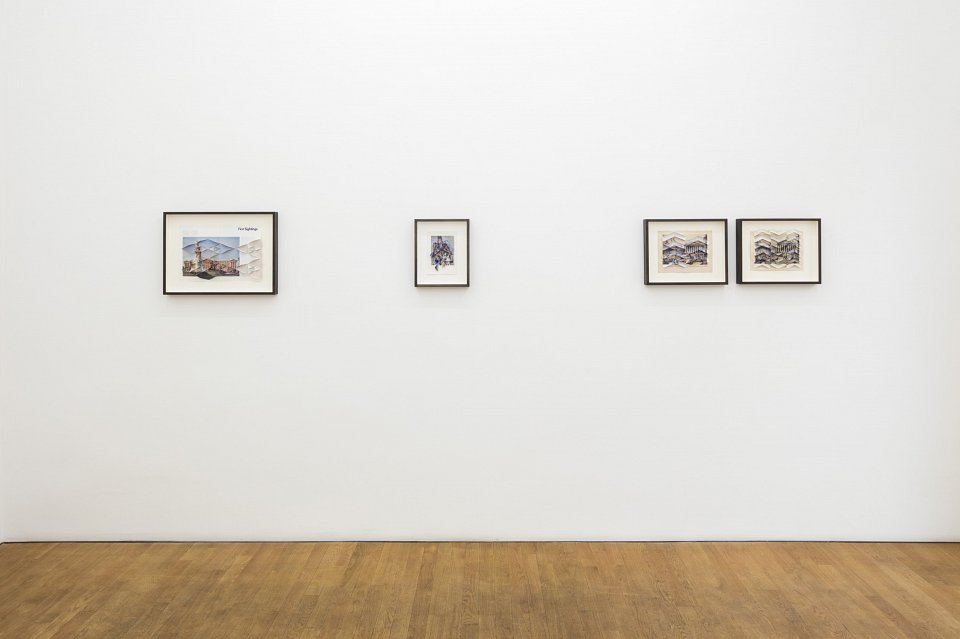
A Point in Time, installation view Kuckei + Kuckei, 2016
-
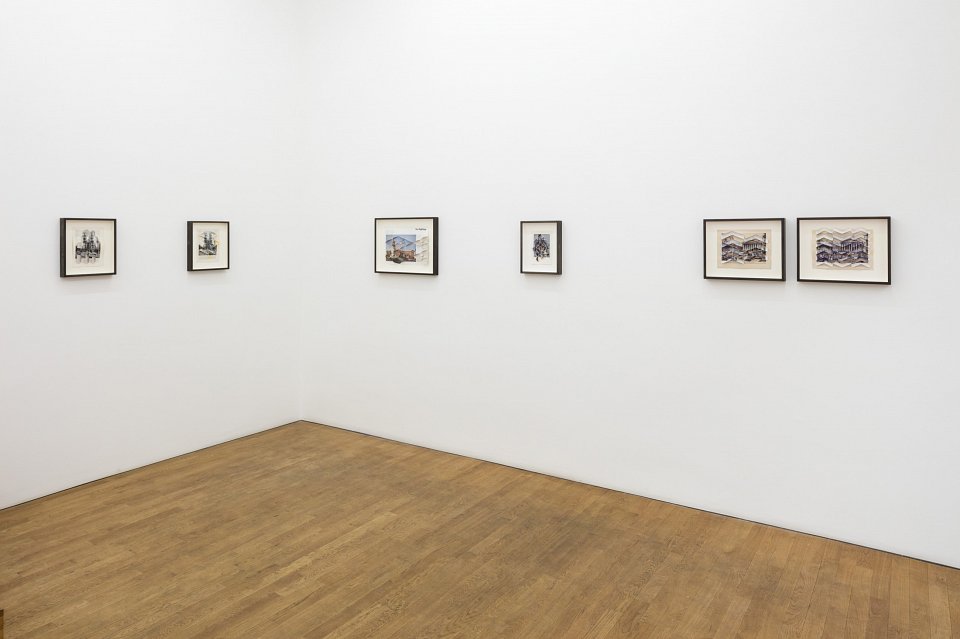
A Point in Time, installation view Kuckei + Kuckei, 2016
-
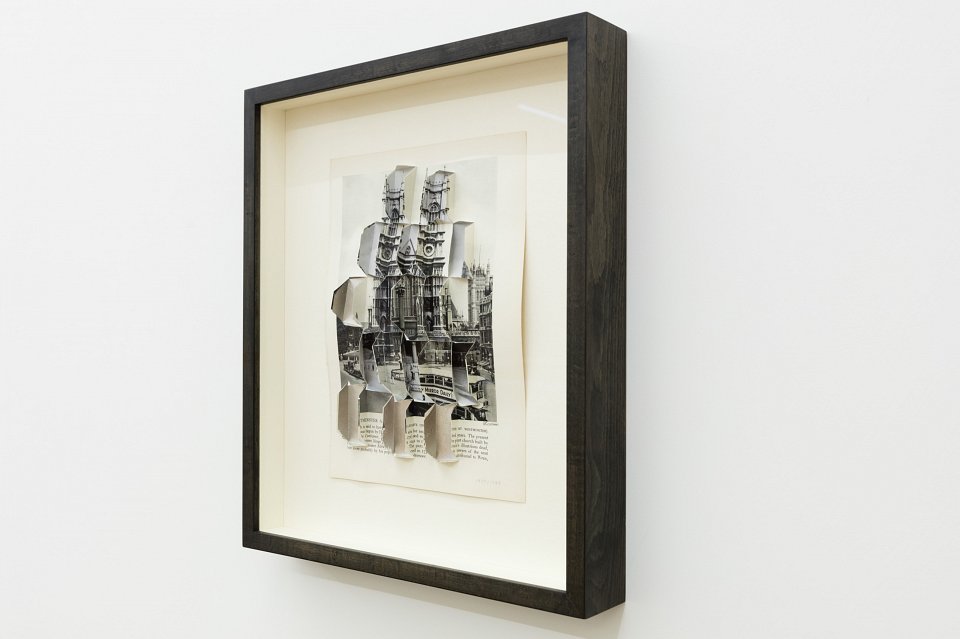
A Point in Time, installation view Kuckei + Kuckei, 2016
-
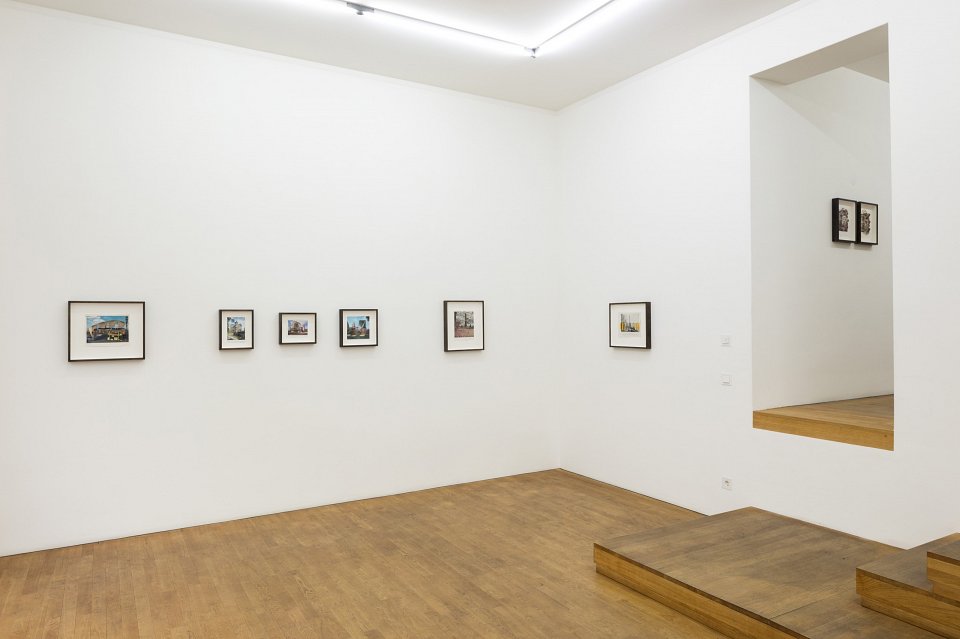
A Point in Time, installation view Kuckei + Kuckei, 2016
-
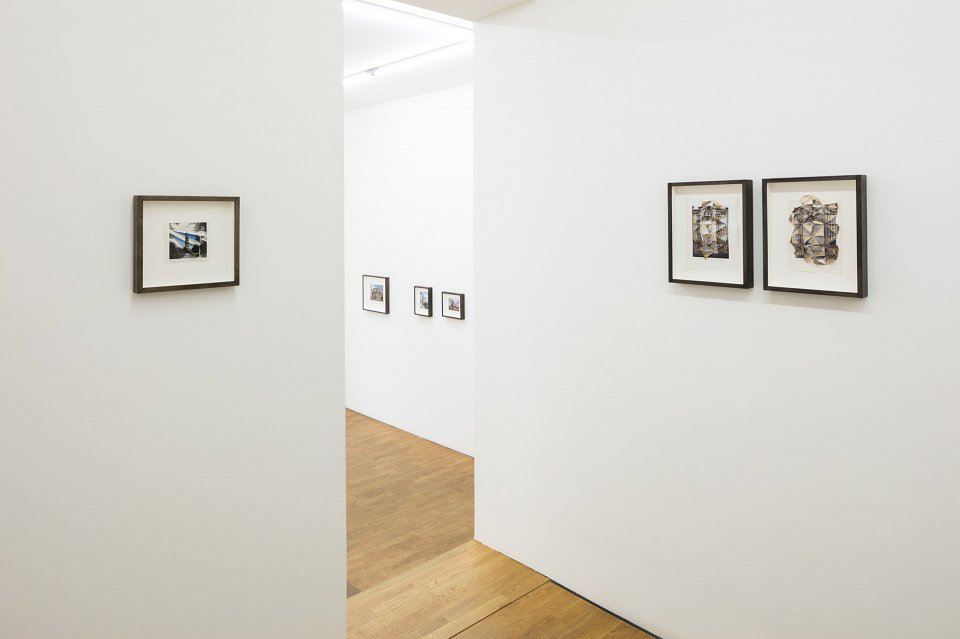
A Point in Time, installation view Kuckei + Kuckei, 2016
-

A Point in Time, installation view Kuckei + Kuckei, 2016
-
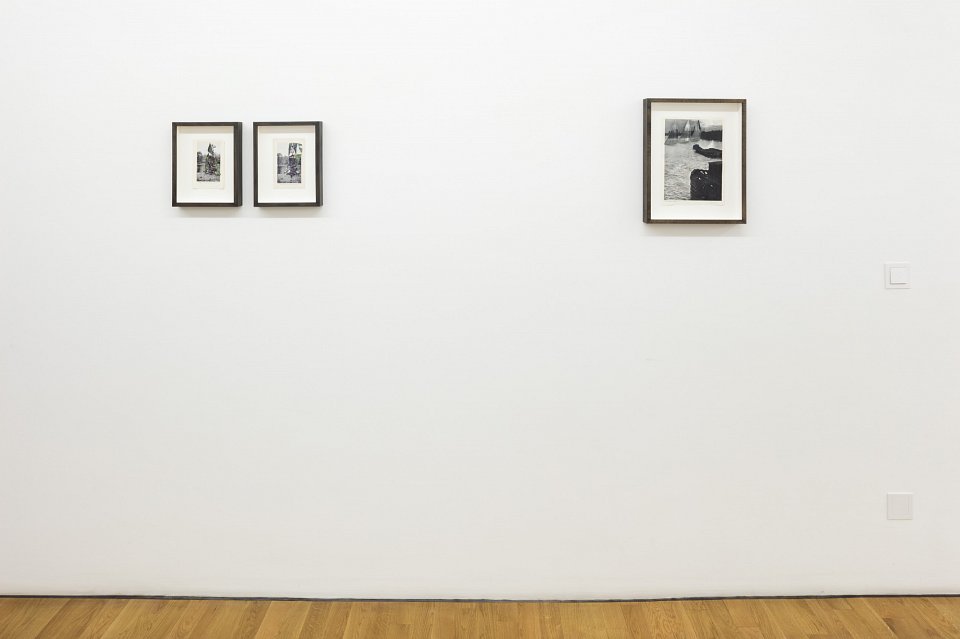
A Point in Time, installation view Kuckei + Kuckei, 2016
-
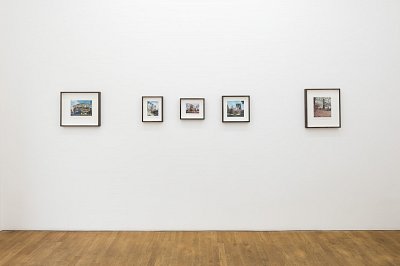
A Point in Time, installation view Kuckei + Kuckei, 2016
-
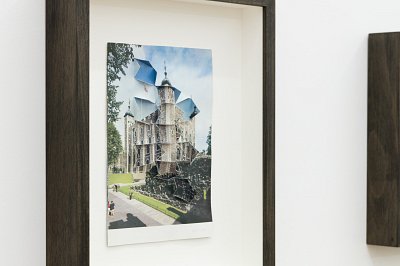
A Point in Time, installation view Kuckei + Kuckei, 2016
-
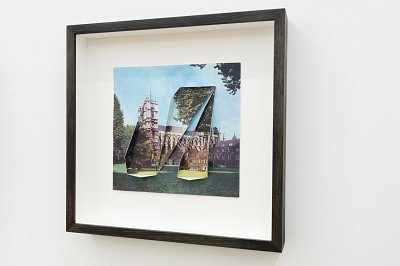
A Point in Time, installation view Kuckei + Kuckei, 2016
-
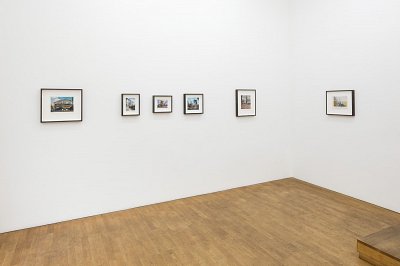
A Point in Time, installation view Kuckei + Kuckei, 2016
-
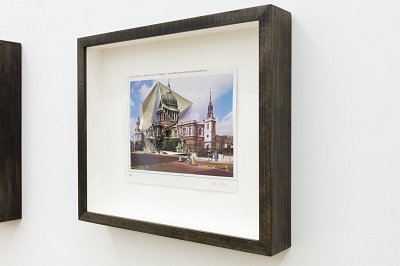
A Point in Time, installation view Kuckei + Kuckei, 2016
-
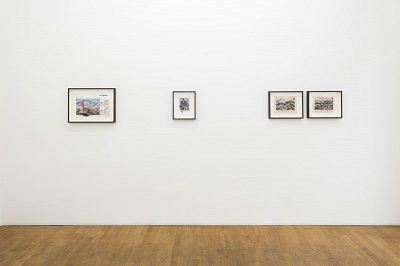
A Point in Time, installation view Kuckei + Kuckei, 2016
-
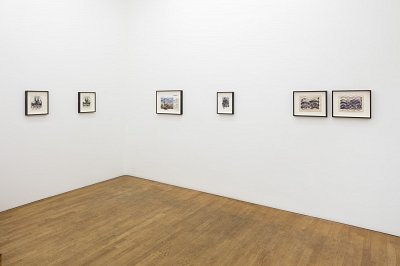
A Point in Time, installation view Kuckei + Kuckei, 2016
-
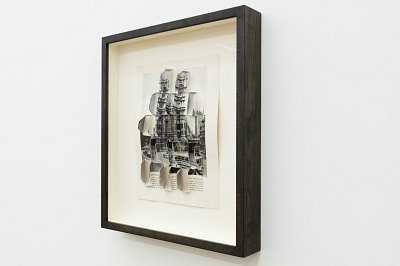
A Point in Time, installation view Kuckei + Kuckei, 2016
-
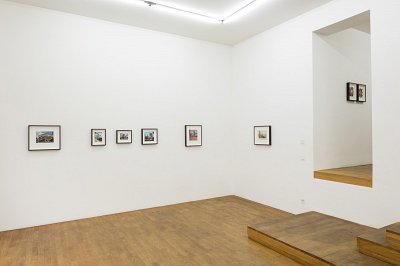
A Point in Time, installation view Kuckei + Kuckei, 2016
-
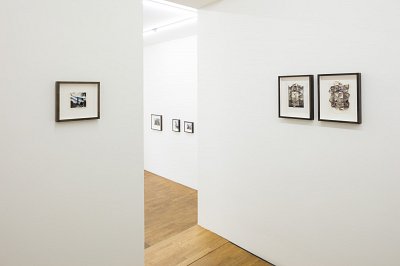
A Point in Time, installation view Kuckei + Kuckei, 2016
-
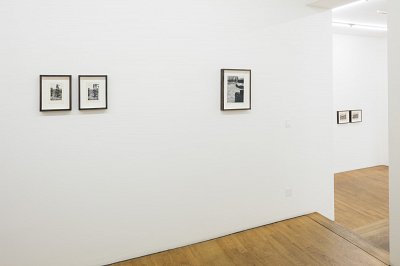
A Point in Time, installation view Kuckei + Kuckei, 2016
-
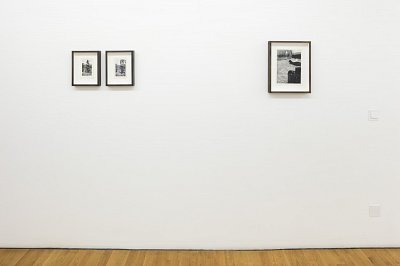
A Point in Time, installation view Kuckei + Kuckei, 2016
The concept of time and “point of view” play an important role in the artists work. In her own words: “…I slice apart …rooms, building on the rupture of consumption” and she weaves “one photographic space across another” in her cuts.
Abigail Reynolds extends to the viewer the illusion of occupying multiple times and or places simultaneously. She works with historical sites depicted in photographs taken from old mass-produced books. By splicing two or three photographs together very precisely, a collapse of time or place is effected.
‘The Universal Now’ is a series title for a group of works in this exhibition. It refers to the instant when a camera shutter opened and closed, often years apart, but both registering a ‘now’. The precise nature of ‘now’, debated in fields from psychology to physics, isn’t resolved within these works, however the objects are infused with an overriding sense of time, as the viewer also encounters these pieces within their own separate present. The cuts that the artist creates in the photographs that she weaves together respond to the images in a very specific way. They are necessarily geometric and function to preserve as much of the image as possible: because the images are folded to project upwards all of both images can be simultaneously present. This is particularly important in her thinking about the ‘universal now’ – the simultaneous presence of two moments. The artist takes a new approach in the doubled images within the ‘Universal Now’ series. She works here with the fact that the photographs used are mass-produced rather than unique. When a book is reprinted a photograph is occasionally re-cropped or re-captioned creating minor changes she then works with to create images that almost mirror one another.
In another series of works interiors of buildings are spliced together using an array of strategies. A work such as ‘Apparition (Benrath)’ uses a simple cut to bring together two images. ‘Great Stair’ by contrast is a complex and intricate splicing of four sheets within which lines of perspective continue from one photograph to another, crossing cuts. In these works columns align; tiled floors continue from one building to another; ornate staircases form a series of nearly manageable perspectives.
It seems at times that the rooms perforate one another with an aggression. In other pieces the effect is more a subtle growing of one place through another. One architectural feature may meet with another from a separate time and place creating a coherent row of arches or consistent stairway, but this felicitous union of forms is fleeting and the multiple room is utterly disjointed and contradictory elsewhere.
The varying textures of the images, the layers and folds promise to give access to the past and at the same time deny it. The past is unfolded before our eyes and at the same we are closed out by the ruffled grid, unable to reach the past we imagine being pulled into.